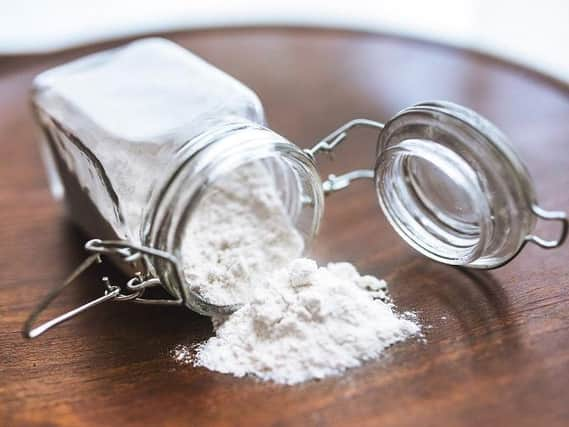Food Glorious Food column: Treat dough ‘starter’ like a pet!


Sourdough is that chewy, tangy, holey, crusty and gloriously-flavoured bread that can be known to be rather complicated to make, but it doesn’t have to be.
It does require some love though and, in fact, if you have children at home wondering what to do over the summer, they can even do this themselves.
Advertisement
Hide AdAdvertisement
Hide AdWith a history dating back to 3000 BC, sourdough has been around for some time and not only does it taste good, it’s rather good for the gut too. With the slow fermentation of naturally occurring yeast and bacteria, it’s a bread full of prebiotics that can help keep your gut healthy.
Some nutritionists recommend sourdough as a gentler alternative to bread as it’s less likely to cause intolerances and digestion issues.
The fermentation process breaks down some of the gluten and it can be more digestible for some.
It is also known to have less impact on blood sugar levels and if you are trying to cut down on carbohydrates, sourdough can be cut really thin and makes a lovely open sandwich.
Advertisement
Hide AdAdvertisement
Hide AdThis week is all about the sourdough ‘starter’; this is what you will be using instead of the dried yeast.
To make it you will need 250g bread flour and some tepid water. I have found better results using stoneground wholemeal bread flour, but just white will work really well too.
Day 1 – Get yourself a really clean container. I use a plastic one. The mixture needs to have space to grow and stir. Mix 50g of the flour with 50g of tepid water in the container, making sure all the flour is incorporated. Leave this partly covered in your kitchen (I use a tea towel). Done!
Day 2 – Do the same as yesterday – mix 50g flour and 50g tepid water into the container with the mix already there. Stir well and leave it partly covered again.
Advertisement
Hide AdAdvertisement
Hide AdDay 3 – Do the same as Day 2, adding the 50g flour and 50g tepid water again. Cover.
Day 4 – You may see some activity now. Small bubbles may be on the surface and there could be a bit of a smell forming. Do the same as the previous days, adding 50g flour and 50g tepid water and stirring well. Cover.
Day 5 – Your starter may be ready to use now. If not, continue with the flour routine for another 1–2 days. If it is ready, there will be bubbles on top, around the surface and it really will smell quite strongly.
This is the time many of us will question why this shouldn’t go in the bin, but inhale deeply and it should smell of sour yoghurt and slightly sweet. I have grown to love this smell!
Advertisement
Hide AdAdvertisement
Hide AdIf there is a layer of water or darker coloured skin on top, just stir it back in. It should not smell fishy or have mouldy/green areas.
My starter is called ‘Dylan’, named after my bread maker friend’s dog, that won Crufts. I thought it would be the perfect name for a pet destined for great things! Your starter, like a pet, will need feeding regularly to keep it alive.
My star-named starter lives in the fridge with a lid on, and he’s fed once a week. This is the best option really, unless you are baking sourdough every day.
So, place your starter in the fridge, too, and feed it seven days later by discarding 200g from him and adding a fresh 100g flour and 100g water to him, stirring really well.
I will be back in a fortnight to tell you what you should do with your starter to create some delicious bakes.
In the meantime, look after that pet!